The Zero Trust security model was born with the premise of not trusting anyone by default. However, in hybrid and global environments, this vision is no longer enough. Today, users access from multiple devices, geographies, and SaaS applications. Therefore, implementing Artificial Intelligence into Zero Trust becomes necessary to reinforce security. In fact, with this technology, it is possible to detect anomalies in real-time, anticipate risks, and adapt policies according to dynamic usage patterns. This combination elevates protection to a whole new level.
Zero Trust with AI: key practices for global companies
In this context, it is essential to apply effective practices that integrate Zero Trust with AI. Moreover, these strategies must guarantee continuity, visibility, and quick response in hybrid environments.
Continuous authentication with AI
Authentication cannot be limited to the login process. With Zero Trust and AI, verification is constant. AI analyzes location, device, time, and interaction speed. This way, it detects anomalous access in seconds and strengthens protection.
Dynamic segmentation in hybrid environments
Segmentation should no longer be static. Zero Trust with AI enables the microsegmentation of networks and applications in real-time. This limits lateral attacker movement and reduces the attack surface.
Detection and response with AI
Zero Trust with AI enhances early threat detection. Consequently, AI identifies patterns invisible to traditional rules, prioritizes incidents, and triggers automated responses. As a result, companies face risks in minutes.
Subscribe to our newsletter
Immerse yourself in the world of technology with a human touch.
What are the benefits?
Beyond reducing risks, Zero Trust with AI offers strategic advantages. For example, it improves digital resilience, boosts customer trust, and ensures regulatory compliance. Particularly in highly regulated sectors such as banking or healthcare, this approach ensures operational continuity and protects corporate reputation.
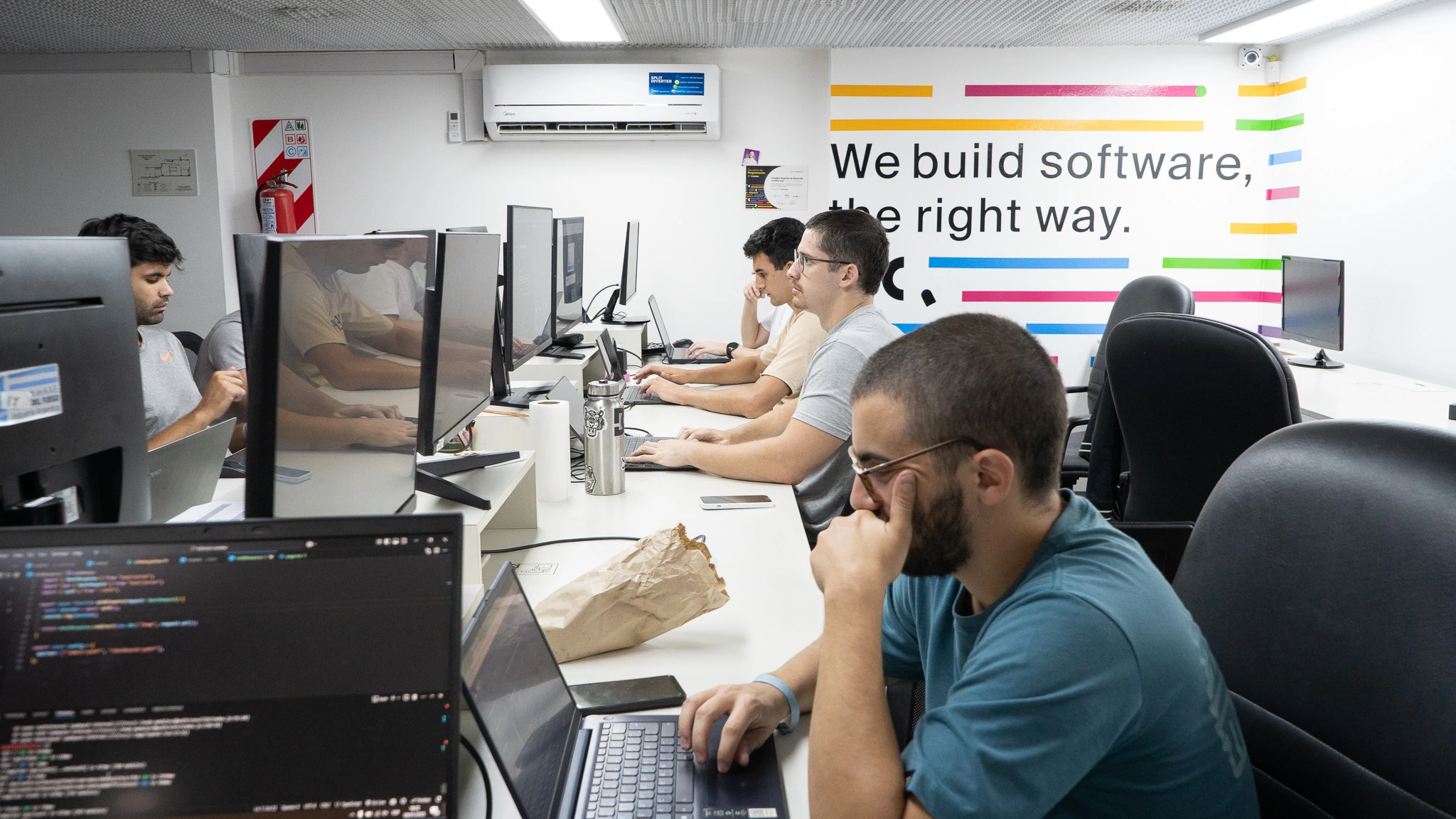
Common mistakes companies make when applying Zero Trust with AI
Large corporations invest in advanced security. However, even they make mistakes that weaken their Zero Trust with AI strategy:
- *Blindly trusting SaaS providers: *Many companies assume that a cloud service is secure by default. However, without validation or additional controls, they expose themselves to unauthorized access and data leaks.
- Static and broad access policies: A frequent mistake is granting excessive and non-expiring permissions. On the contrary, Zero Trust with AI requires applying the principle of least privilege and reviewing access regularly.
- *Lack of comprehensive visibility in hybrid environments: *When teams fail to integrate data from multiple clouds and local networks, blind spots emerge. Attackers exploit these gaps to move undetected.
Quick wins and roadmap: how to apply Artificial Intelligence in cybersecurity
Moving from theory to practice requires a clear framework. Therefore, the path toward Zero Trust with AI must be structured in phases.
Immediate quick wins
First, it’s vital to activate MFA across all critical layers, from user access to the most sensitive applications. This measure immediately reduces the risk of unauthorized access. Next, implementing adaptive authentication powered by AI is recommended. This technology analyzes usage patterns and adjusts security levels without disrupting the user experience. It is also useful to centralize access logs in a unified platform, enabling complete visibility to detect suspicious behavior in seconds. In this way, companies achieve quick results and reinforce internal trust in the model.
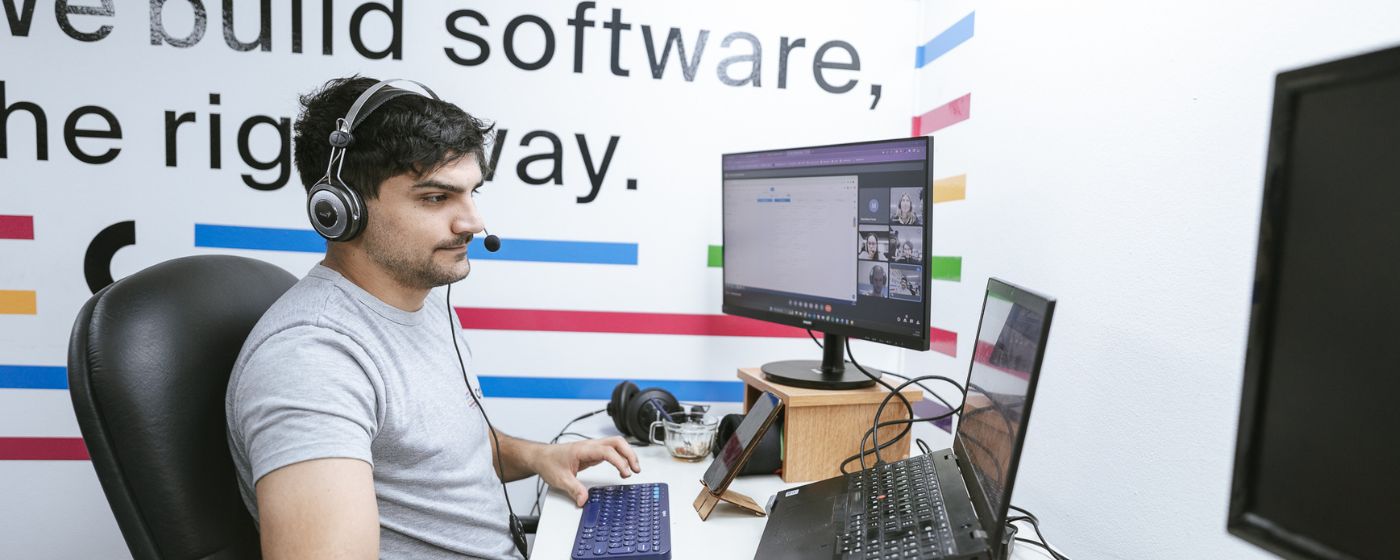
Medium-term roadmap
Subsequently, companies should migrate toward a reinforced Zero Trust with AI architecture. At this stage, automatic anomaly detection is integrated within the SOC to anticipate incidents. Dynamic segmentation is also applied across hybrid and multicloud environments, reducing the attack surface. This roadmap also includes training internal teams, since tools lose effectiveness without skilled personnel. Therefore, technology investment must be complemented with investment in human talent.
Long-term Vision
Finally, the goal is to establish an ecosystem in which Zero Trust, AI, and AI Ops operate in harmony. This includes predictive analytics that allow risks to be anticipated and responded to almost in real time. It also involves automating threat responses, enabling security teams to prioritise strategic tasks over containment. This approach enables global companies to achieve resilient and scalable cybersecurity that supports continuous growth.

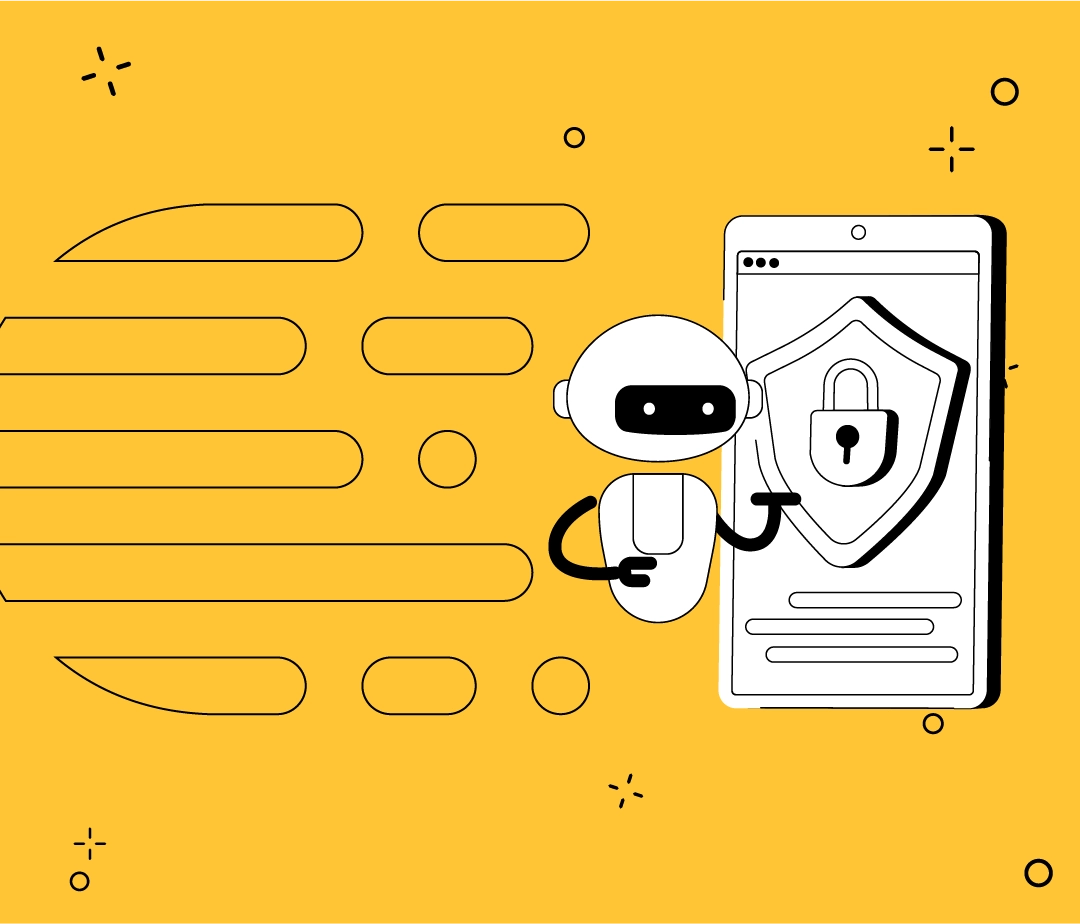
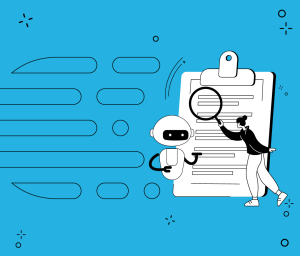

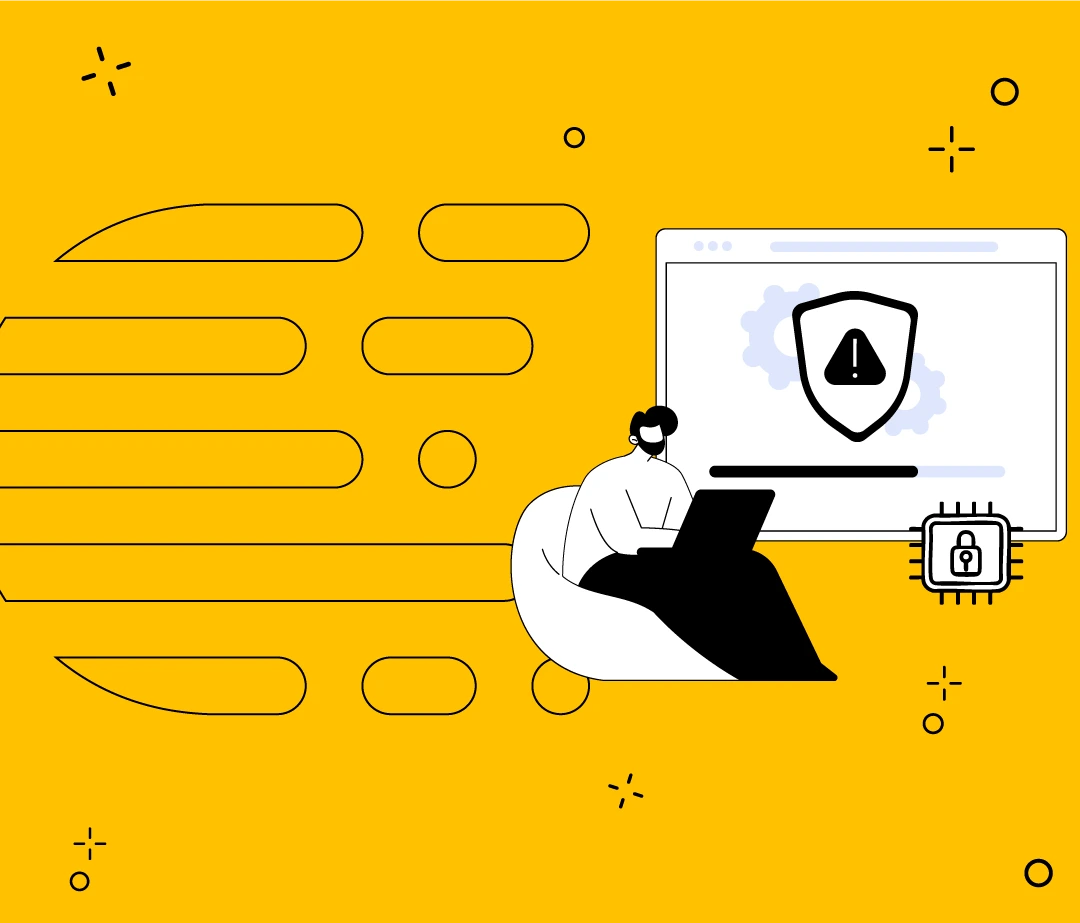
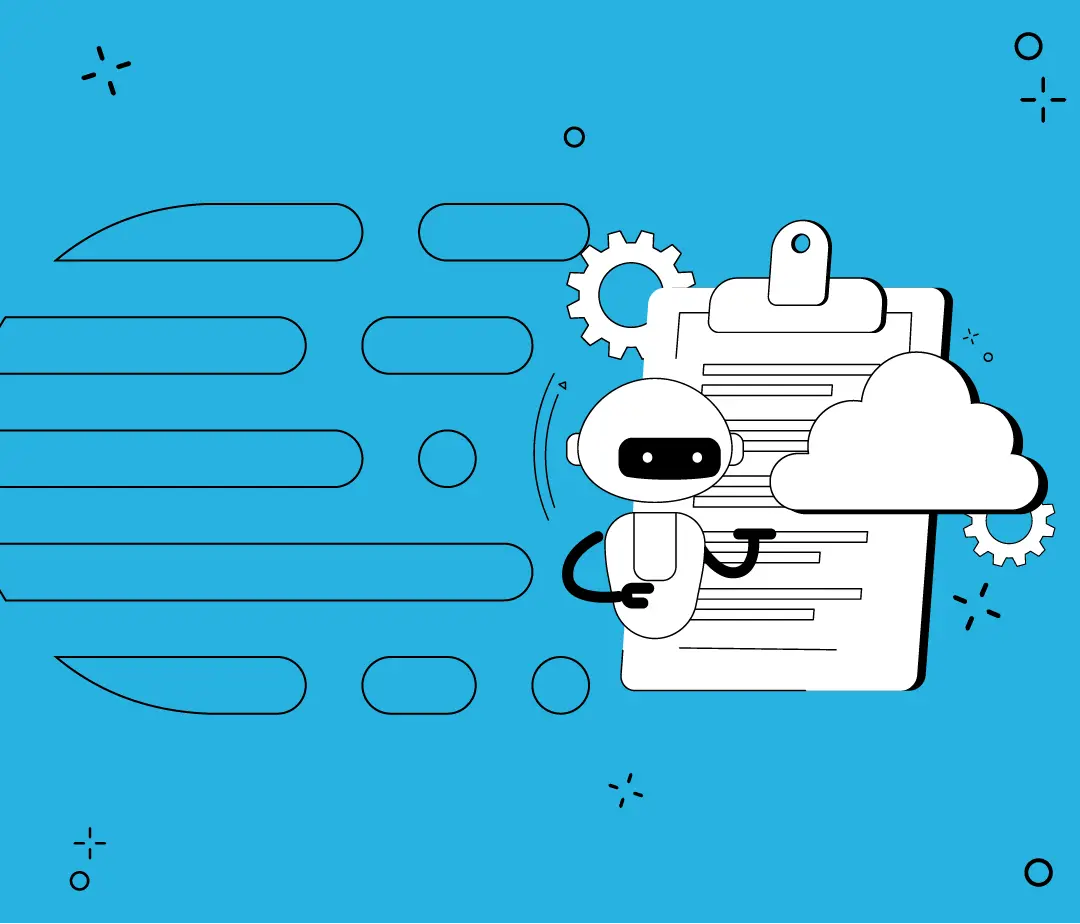

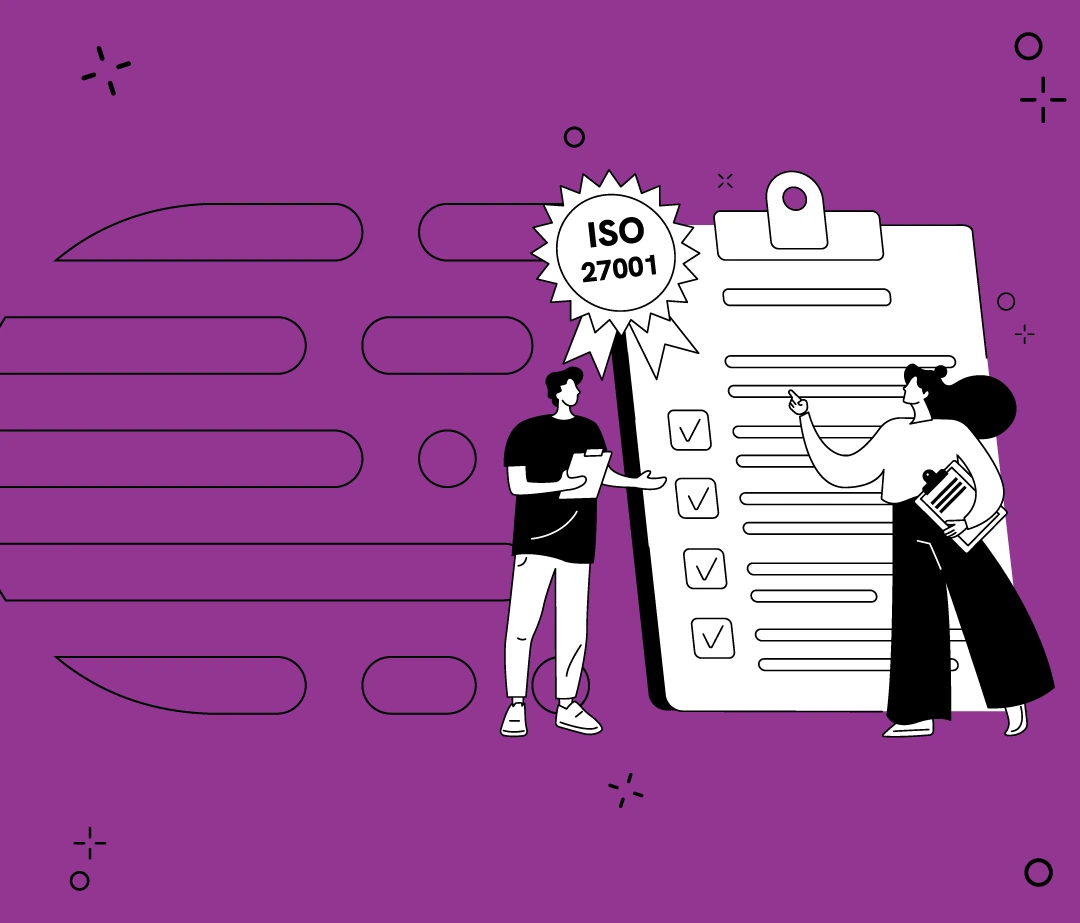

0 comments
·
4 min Read